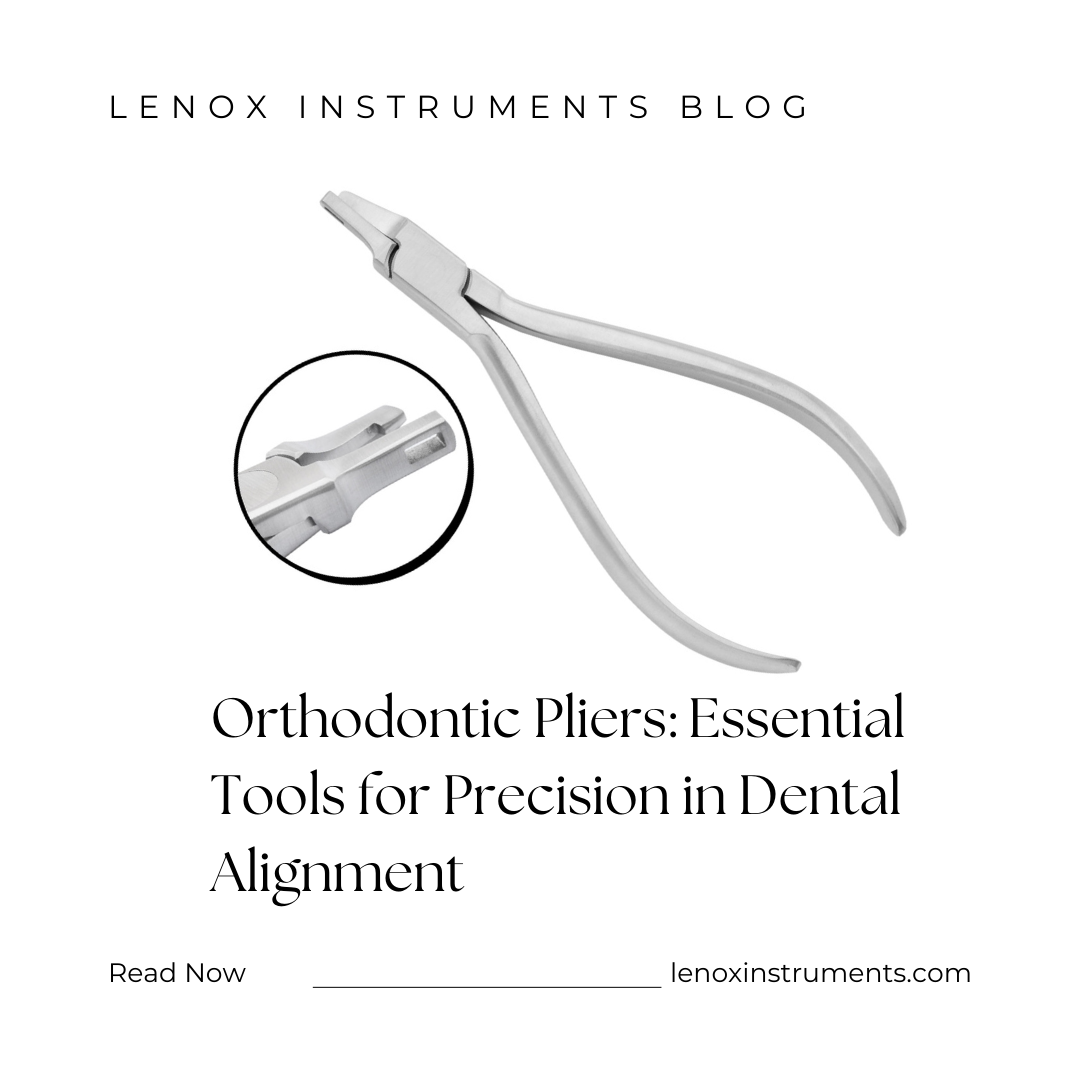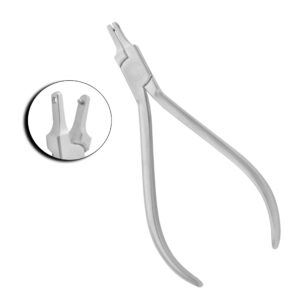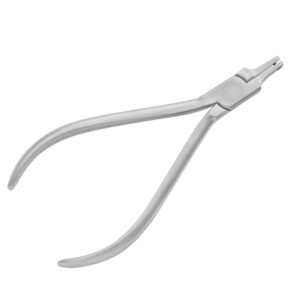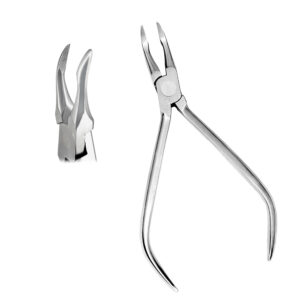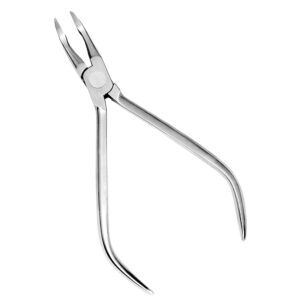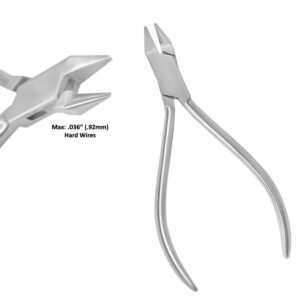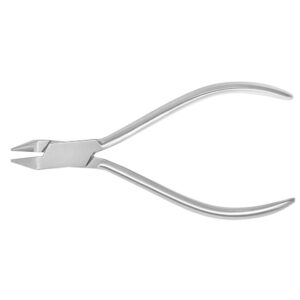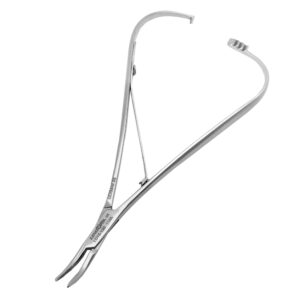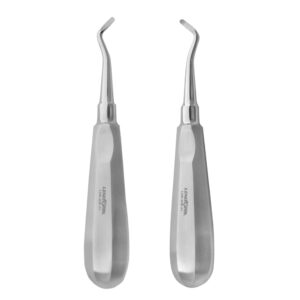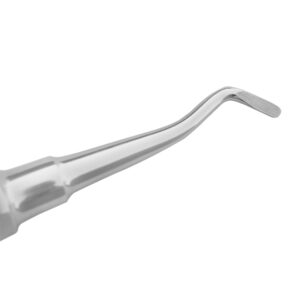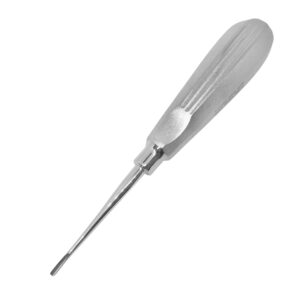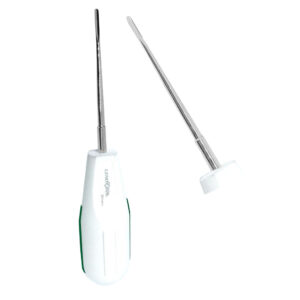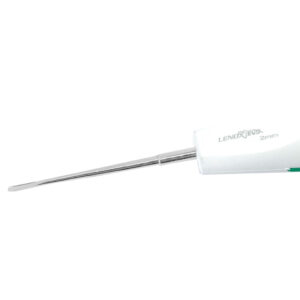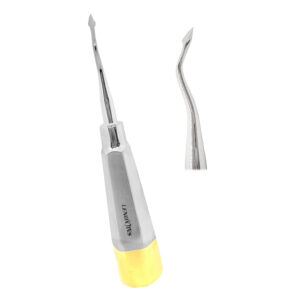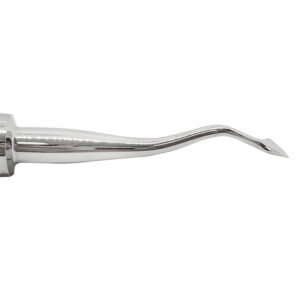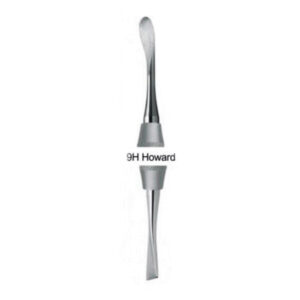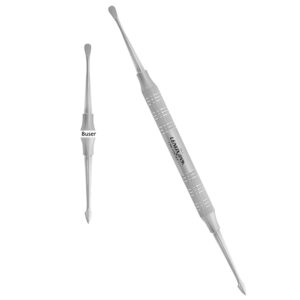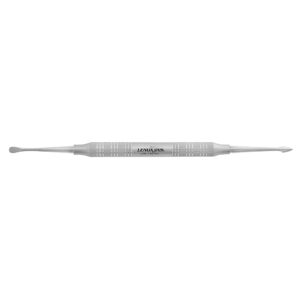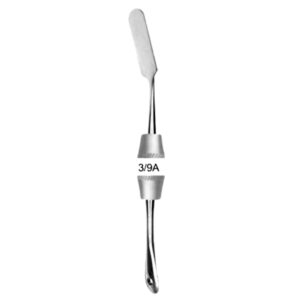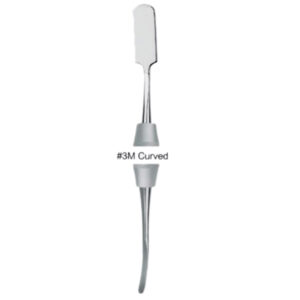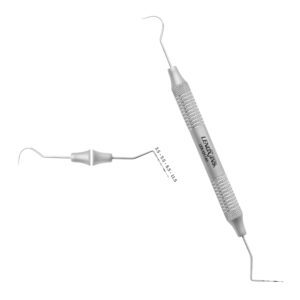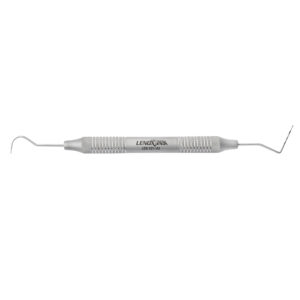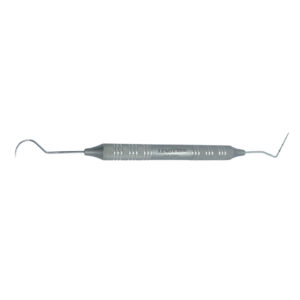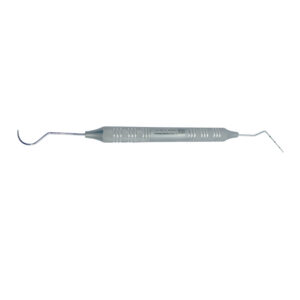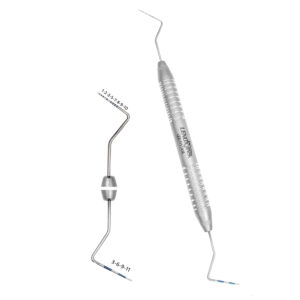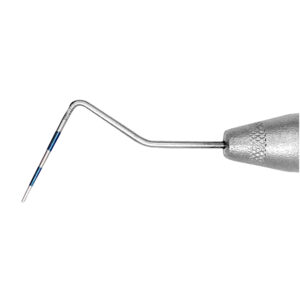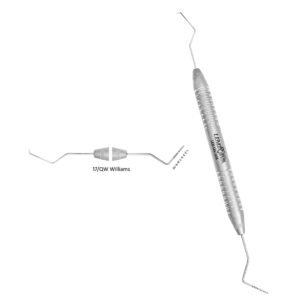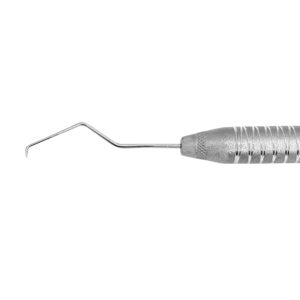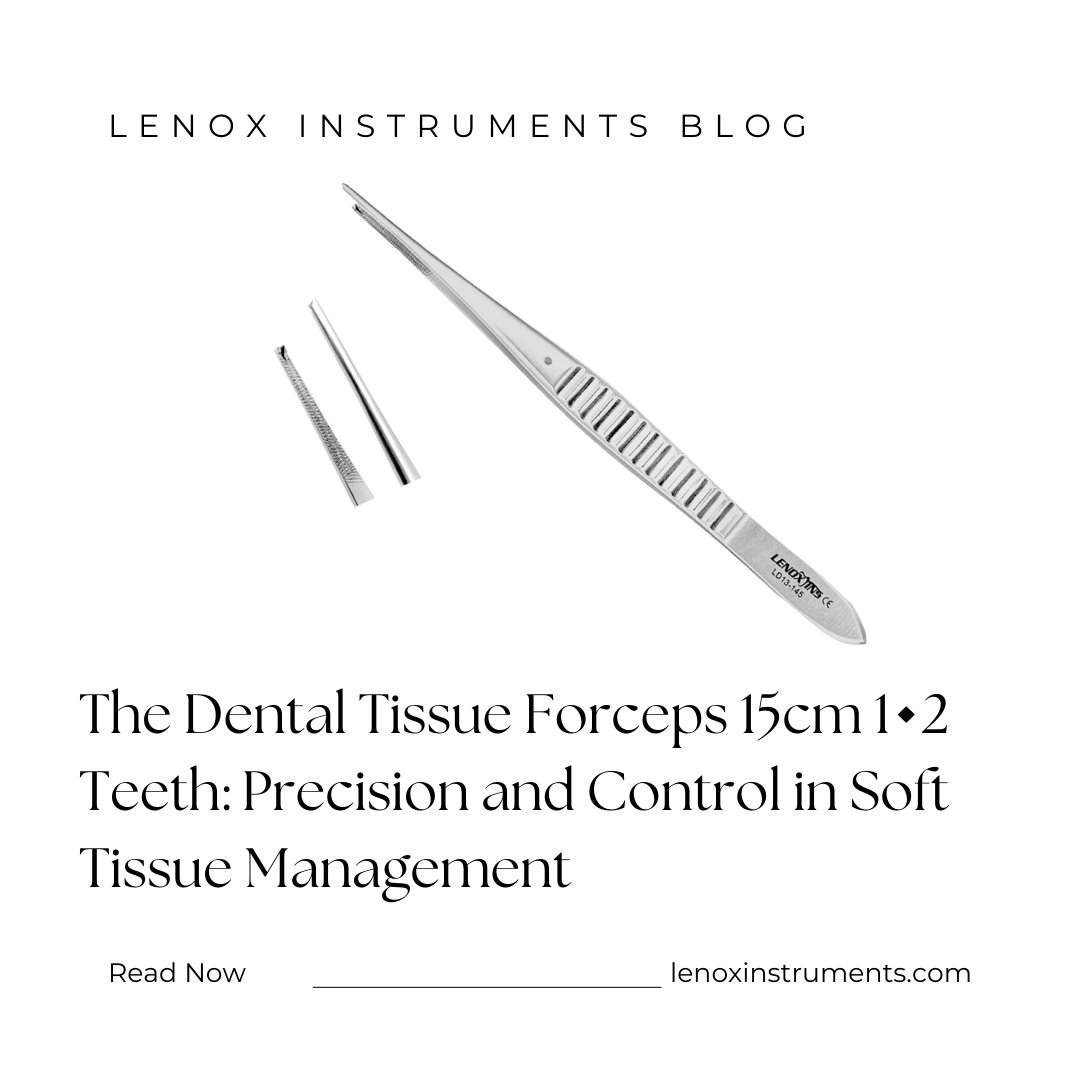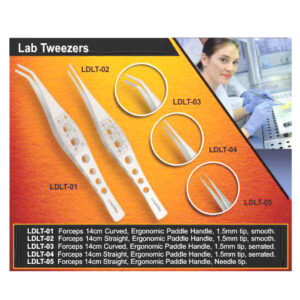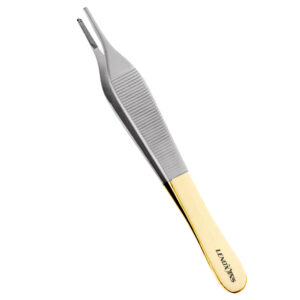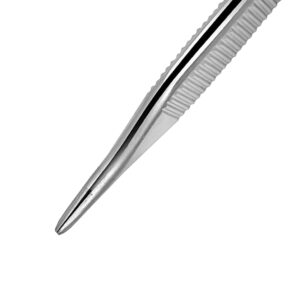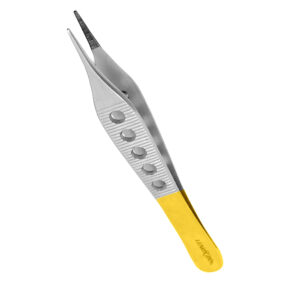The Importance of Amalgam Carvers in Dentistry
- Posted September 6, 2024
- by LENOX INC CANADA
Amalgam carvers are essential instruments in restorative dentistry, playing a crucial role in shaping and refining amalgam fillings. These specialized tools allow dentists to create anatomically correct and functionally optimal restorations.
Key Functions of Amalgam Carvers
- Contouring: Carvers help shape the amalgam to match the natural tooth anatomy, ensuring proper occlusion and aesthetics.
- Margin Refinement: They allow precise trimming of excess material at the cavity margins, preventing overhangs and ensuring a smooth transition between tooth and restoration.
- Occlusal Adjustment: Carvers are used to create appropriate occlusal grooves and fissures, mimicking natural tooth topography.
- Contact Area Formation: In Class II restorations, carvers help establish proper interproximal contacts with adjacent teeth.
Amalgam Cravers
Types of Amalgam Carvers
Several types of carvers are commonly used in dental practice:
- Hollenback Carver: Ideal for contouring occlusal and interproximal surfaces.
- Discoid-Cleoid Carver: Versatile tool for general carving and refining.
- Wedelstaedt Chisel: Useful for carving straight lines and refining margins.
- Frahm Carver: Designed for creating anatomical grooves and fissures.
Impact on Restoration Quality
Proper use of amalgam carvers significantly influences the longevity and functionality of restorations:
- Improved Marginal Integrity: Careful carving reduces the risk of marginal leakage and secondary caries.
- Enhanced Occlusal Function: Well-carved restorations ensure proper bite alignment and chewing efficiency.
- Reduced Post-Operative Sensitivity: Accurate carving minimizes high spots that could cause discomfort or sensitivity.
- Aesthetic Considerations: While amalgam is not tooth-colored, proper carving can improve the overall appearance of the restoration.
Lenox Dental Elevators
Elevators are essential instruments in a dentist's toolkit, playing a crucial role in tooth extraction procedures
Skill Development
Mastering the use of amalgam carvers requires practice and attention to detail. Dentists must develop:
- A keen eye for natural tooth anatomy
- Steady hand control for precise movements
- Understanding of material properties and setting times
Evolving Role in Modern Dentistry
Despite the increasing use of composite materials, amalgam carvers remain relevant:
- They are still widely used in many parts of the world where amalgam is the primary restorative material.
- The skills developed in amalgam carving translate to other restorative procedures, including composite sculpting.
In conclusion, amalgam carvers are indispensable tools in restorative dentistry. Their proper use ensures the creation of durable, functional, and anatomically correct restorations, contributing significantly to the long-term oral health of patients.



